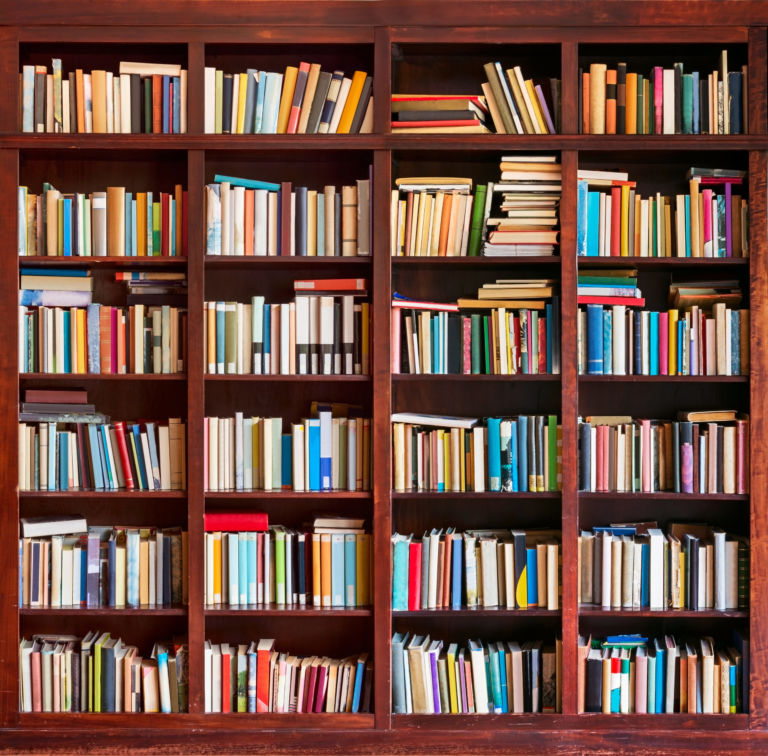In debates about whether schools have sufficient supplies and materials for the school year, the contributions of parents are too often overlooked. Whether it is through taxes or donations, families are significant contributors to school supply stockpiles in North Carolina public schools.
Back-To-School Spending
According to the N.C. Department of Public Instruction, North Carolina school districts spent nearly $76.5 million in state funds on supplies and materials, around $70.6 million on computer-related items, and over $31 million on books during the 2017-18 school year. But these figures do not account for the hundreds of dollars that parents spend to prepare their children for a new school year.
According to the annual National Retail Federation (NRF) survey, families with elementary, middle, and high school children will spend $26.2 billion or an average of $696.70 per household out of their own pockets to ready their kiddos for the upcoming school year. Well over half of their spending will be for clothing and shoes. The remainder will be spent on electronics and supplies.
The NRF estimates that, on average, households will spend over $117 on standard classroom supplies, nearly $136 on shoes, over $200 on computers and electronics, and nearly $240 on clothing. Deloitte’s 2019 back-to-school shopping survey found that nearly all families with school-age children plan to purchase clothing, accessories, and school supplies for the upcoming school year. Only around one in five families plan to purchase electronic gadgets or computers.
The annual Huntington Backpack Index is another approach to estimating back-to-school expenditures. Huntington Bank, in cooperation with Communities in Schools, obtains classroom supply lists from elementary, middle, and high schools in the eight, mostly Rust Belt, states served by the bank. Huntington economists create a representative list of supplies and assign a cost to each item by “selecting moderately priced items at national online retailers.” They estimate that the cost of back-to-school supplies is nearly $1,017 per elementary school child, although it is important to note that the total also includes the cost of a backpack (naturally), gym uniform, music instrument rental, field trips, and additional school fees. Totals for middle and high school students were $1,277 and $1,668, respectively.
A Ritual Nearly As Old As Public Schooling
Back-to-school shopping in the United States is nothing new. Late nineteenth-century newspapers included lists of required books for students to purchase before the start of a new school term. As schools began to purchase books for students, the lists shifted their focus to school supplies.
Starting in the 1940s, back-to-school shopping became a regular practice for American families and big business for retailers, including businesses in North Carolina. Retailers like Rose’s would publish annual school supply shopping lists in various North Carolina newspapers. An advertisement from 1942 (posted below) invited parents to “Clip this handy shopping list, checked the items you need, and bring your list to the store with you” to ensure that children “have a full supply for the first day of school.” I may be biased, but I believe that Roses Discount Store is still the best place to go for your child’s school supply needs.

Source: The Daily Times-News, August 26, 1942
For decades, retailers and schools alike did not assume that the parents would purchase supplies and materials for the entire classroom. Instead, the lists were designed to ensure that individual students had what they needed for school. That began to change in the late 1980s when school districts adopted the practice of distributing supply lists that included items that would be used by the individual and the collective. By asking parents to buy items they may not otherwise purchase, school supply lists expanded, and retailers welcomed the change.
Initially, schools would mail supply lists with the students’ year-end report card and post them in their administrative and district offices for review. In some cases, teachers would send lists home with families at open house events or with students at the start of the school year. A 1991 article in NEA Today even suggested that teachers should ask parents to provide a self-addressed stamped envelope so that they may mail supply lists to them.
As parental compliance increased in the early 1990s and 2000s, schools began to expand their lists beyond notebooks and pencils. With a few exceptions, families are more than happy to help, so long as the list of items is reasonable and appear to aid learning. A 2006 Associated Press article describes a parent who questioned some of the items on the ever-expanding lists.
Isabel Sousa of Apex cruised the aisles of a Target store clutching school supply lists for her three children. She shook her head as she crossed off items she didn’t think should be there. Paper plates. Ziploc bags. Kleenex. Baby wipes. Copy paper. Band-Aids. “I was puzzled by the paper plates” Sousa said, “but it was the copy paper that got me. Shouldn’t the school pay for that?” Parents are not required to purchase classroom supplies from the lists, which are voluntary.
Other parents agreed. In 2009, columnist Nancy Williams wrote in the Asheville Citizen-Times,
Every child is supposed to bring a box of latex-free Band-Aids. Grouchy me thinks allergic children who get rashes from latex should provide their own Band-Aids or take extra care not to need one. I also balk at sending bottles of (brand specified) hand sanitizer. In our family, we don’t smear chemical gel on ourselves for cleanliness, we use soap.
When there were no green binders in town, I sent in a blue binder and a yellow binder…blue and yellow make green. Speaking of green, each family spending four hours and half a tank of gas combing this and neighboring counties to find color-correct binders defeats the purpose of the lesson plan on Caring for Planet Earth.
Once retailers recognized that supply lists would encourage families to spend more, they began to provide them in the store and eventually online. Companies like EduKits, Sprout School Supplies, and 1st Day School Supplies offer custom school supply kits based on lists published by schools. The kits are purchased online and delivered directly to the school.
Final Thoughts
In recent years, parental contributions generate concerns about equity. Children who attend schools with wealthier classmates will have access to more (and presumably better) supplies and materials than children who attend schools with disadvantaged peers. Fortunately, churches, businesses, civic organizations, parent groups, and elected officials try to bridge the gap by sponsoring school supply drives. I have not encountered estimates of the dollar value of contributions by non- and for-profit entities, but their efforts are not trivial.
Of course, whenever we talk about inputs, we also should consider outcomes. It is not clear that there is a relationship between school supplies and student achievement. Despite millions spent on supplies and materials, it is a fraction of total education spending. And even the most well-supplied teacher will falter if they lack the knowledge and skills required to be successful in the classroom.


